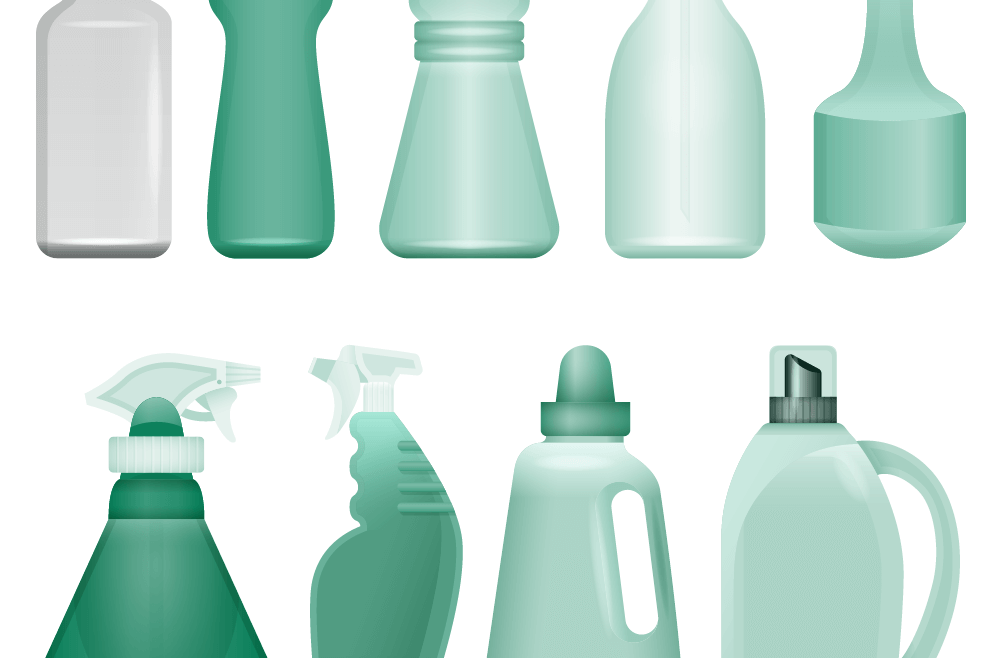The Globally Harmonized System of Classification and Labeling of Chemicals(GHS) is a standard for classifying chemicals. It was developed by the United Nations to make information on chemical hazards more consistent across countries. The goal is to facilitate the communication of information essential to the safety of those working with chemicals, especially internationally. The GHS system includes two main documents: hazard labels (or ghs labels) and the
safety data sheets (SDS)
. Both documents contain information on the hazards associated with the use, handling and transportation of chemicals.
Hazard labels and Material Safety Data Sheets: two GHS documents.
The Hazard Labels (GHS Label).
The hazard label (or
GHS label
) is a label that must be placed on chemical packages to inform customers and transporters regarding the chemical and physical hazards of a substance. Hazard labels consist of information about the substance, hazards and precautions to be taken, and procedures in case of an accident, with relevant emergency contacts.
To write a hazard label, it is necessary to follow the outline given in the GHS.
The
GHS standards
provide for the classification of chemicals into different categories, such as flammable, corrosive or carcinogenic. Each type of hazard is associated with a different pictogram, making it easier to read the labels by overcoming language barriers.
The purpose of this system is to ensure that workers can understand what hazards they are exposed to in the workplace so that they can take appropriate precautions. Likewise, they are needed to ensure that consumers are aware of the potential risks of using products containing hazardous substances in the home.
The Safety Data Sheet (SDS)
Material Safety Data Sheets (SDS) also contain information on the hazards associated with chemicals. Unlike hazard labels, MSDSs are more detailed documents that are attached to chemical products. It is an organic and comprehensive document that touches on all points related to
HSE compliance
(Health, Safety & Environment), pointing out hazards and precautions to protect health, safety and environment
They can be in hard copy or digital format and must be prepared, again following the guidance found in the GHS, by the manufacturing company.
Common purpose: to facilitate safe handling
The main difference between a hazard label and an MSDS is in their purpose.
Precisely because it is listed directly on the packaging, the goal of ahazard label is to be comprehensive, yet easy to read. This is also done through the use of pictograms: through the use of coded symbols, it is possible to quickly communicate the type of danger presented by the substance, and without resorting to a textual explanation (which suffers from the translation problem).
On the other hand, MSDSs are presented as accompanying documents. SDSs are not directly printed on the chemical they refer to; they are more complex to read, but at the same time they are extremely comprehensive.
However, the essential information is present in both documents.
Different format, common goal
In conclusion, the differences between the
GHS labels
and the
safety data sheets
are not great.
As we have seen, MSDSs and hazard labels both contain hazard information about the chemical substance or mixture to which they relate. The format of each document may be different, but the information on hazards and safety precautions for handling chemicals is the same. They both have the same purpose: to make sure that anyone who comes into contact with that product is aware of the necessary precautions to be taken to protect their health, the health of other workers and the environment, the dangers they may face, and what to do in the event of an accident.
Making Hazard Labels and Material Safety Data Sheets with one GHS software
GHS Software for HSE Compliance Management
Chemilla
is designed to draft both types of documents. With Chemilla, you can design GHS labels and print them directly from your business devices. Again with just a few clicks, you can also draft MS DSs by drawing directly from information in the ECHA database. By simply entering the substance, Chemilla can draft an SDS and related hazard labels in the different GHS regulations (EU CLP, US HazCom and China), translate them into more than 30 languages, print them or send them digitally.
Learn about all of Chemilla’s services now or request a
free, no-obligation demo
of our safety data sheet software. Start optimizing your HSE management today!











 Countries/regions where the GHS system has already been implemented
Countries/regions where the GHS system has already been implemented Volunteer
Volunteer Under implementation
Under implementation Not implemented or not available
Not implemented or not available
